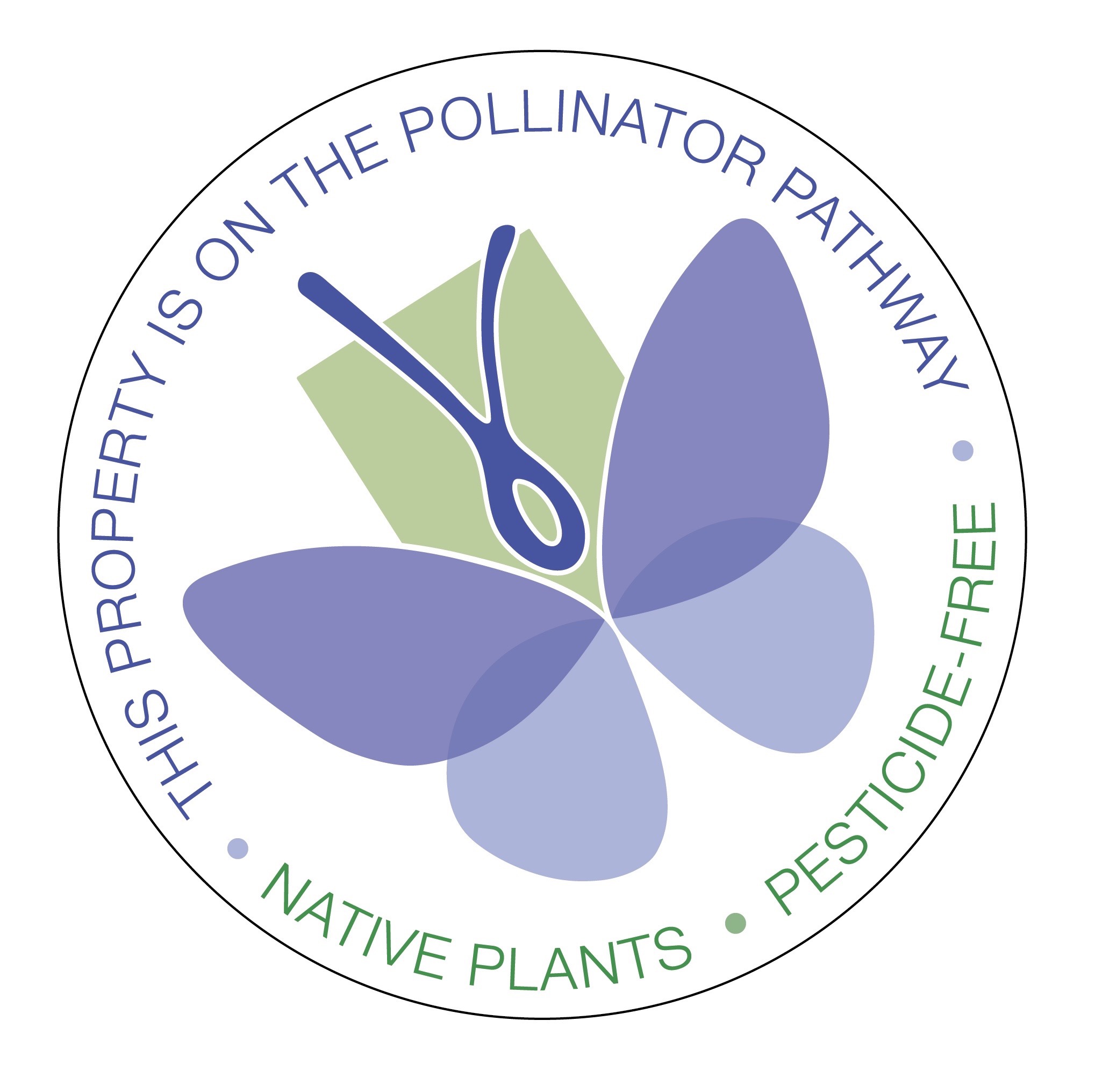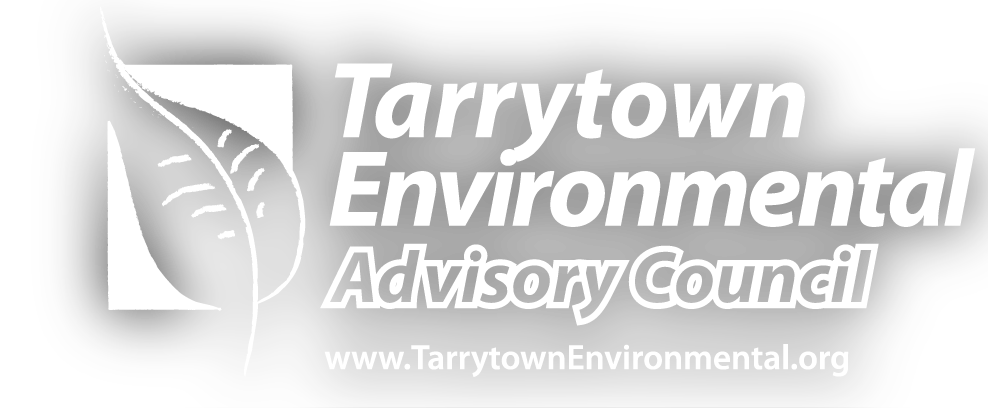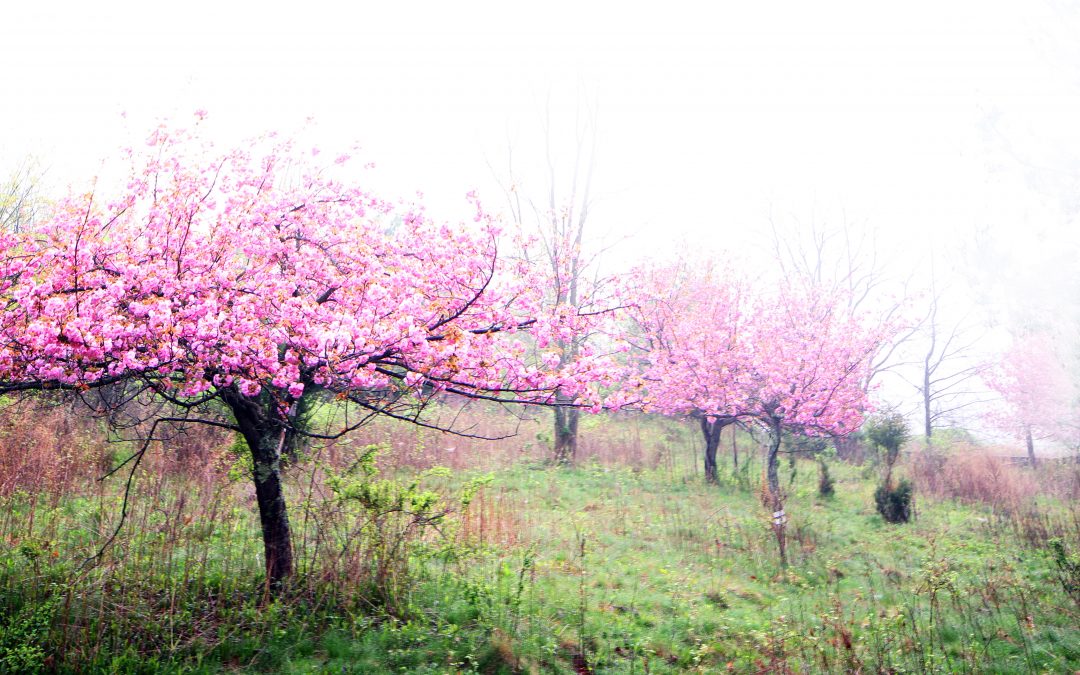Published in The Hudson Independent, Nov. 2019
To understand the importance of a healthy and continuous pollinator pathway in developed areas we can examine each element separately:
THE ANIMAL 
Pollinators are a specific group of animals and insects that frequent plants and flowers in search of food, shelter, or a mate. They play a vital role in plant and flower reproduction because as they visit each flower or plant, they inadvertently gather and transport pollen throughout networks which facilitates plant reproduction. The pollinator is rewarded with nectar, a valuable food source. Some pollinators include ants, bats, bees, beetles, birds, butterflies, flies, moths, wasps, and even humans.
THE PLANT
Native plants are considered diverse food sources. Insects, birds, and other animals use the pollen and nectar for survival. Pollen provides bees with the protein, lipids, vitamins, and minerals that are vital for raising their larvae.
When shopping for a plant most people are drawn to colors, shapes, and patterns. A plant’s origin is often overlooked. As we look to rebuild our pollinator pathways it’s important to purchase some varieties of native plants.
According to the National Wildlife Federation’s website, a plant is considered native if it has occurred naturally in a particular region, ecosystem, or habitat without human interdiction. Most of us purchase gorgeous plants that complement our homes and gardens. There is nothing wrong with beautifying your home’s outdoor space. However, randomly grouping plants and flowers based simply on aesthetics of personal taste is not a process that occurs in nature and it does not support a natural habitat in which animals can thrive. You also run the risk of introducing invasive exotics that will destroy natural habitats.
Just as we learned back in grade school, the plant needs the pollinator and the pollinator needs the plant. This basic symbiotic relationship is complex and has lasted for thousands of years. Both species have evolved to make the relationship even more beneficial. Many bee-pollinated native plants are shaped irregularly and have a lip on the outer pedal which acts as a landing pad for the bee. Butterfly pollinated flowers are generally broad and flat which makes it easier for them to land on the flower and search for nectar. A hummingbird has a long thin beak for pollinating tubular flowers. Bats tend to frequent wider pedaled flowers to help with their wingspan. Taking away native plants with these tailor-made features that encourage pollinators to visit does the animal kingdom a big disservice and erases a long-standing relationship between plant and insect. Some species of insects will only reproduce on a specific native plant. When that plant or flower species is gone, what happens to the insect?
In our immediate area native oak trees, such as black oak, white oak, pin oak, and swamp chestnut oak support hundreds of pollinators from bees to caterpillars with food and shelter all year long. In contrast, Norway maple trees, which are not native to this area do not benefit pollinators.
THE HUMAN
Reestablishing healthy pollinator pathways is one of the single most important things humans can do to keep the balance of our ever-changing ecosystems. Over time the network of native plants and flowers that is essential for our survival, has been partially destroyed. The devastation of the habitat causes the remaining plant and flower species to fragment throughout geographical areas. The lack of continuity in natural environments causes pollinator species to die off or go elsewhere in search of food.
THE CAUSE
The deterioration of native plant and flower species is a direct result of the current climate crisis, the use of modern pesticides and lawn chemicals, and the changing landscapes from urbanization and suburbanization. The human race is intentionally and unintentionally destroying plant and flower species in developed areas. Parking lots, building structures, airports, malls, and housing developments clear landscapes in the name of progress but have done little to restore native plants for pollinators.
So now what; where do you start? You just scratched the surface. Establishing pollinator pathways is a dense subject matter with many facets. It is advisable to do further research to determine how to contribute to the cause. Talk to experts before you rip out your prized rose bushes and other non-native shrubs. You have all winter to learn about pollinator pathways. When Spring comes around, try getting involved with local organizations that advocate planting native species. Examples are the Native Plant Center at Westchester Community College, gardening clubs, or Village Environmental Councils such as TEAC.

Editor’s note: If you succeed in planting native pollinator plants in your garden, or already have some, and you want tospread the word, TEAC has a supply of these colorful 6″ metal yard signs available for $5 each. The sign can be mounted on a tree, mailbox post, fence, or on a small stake. Email us at tarrytownenviro@gmail.com to order.

